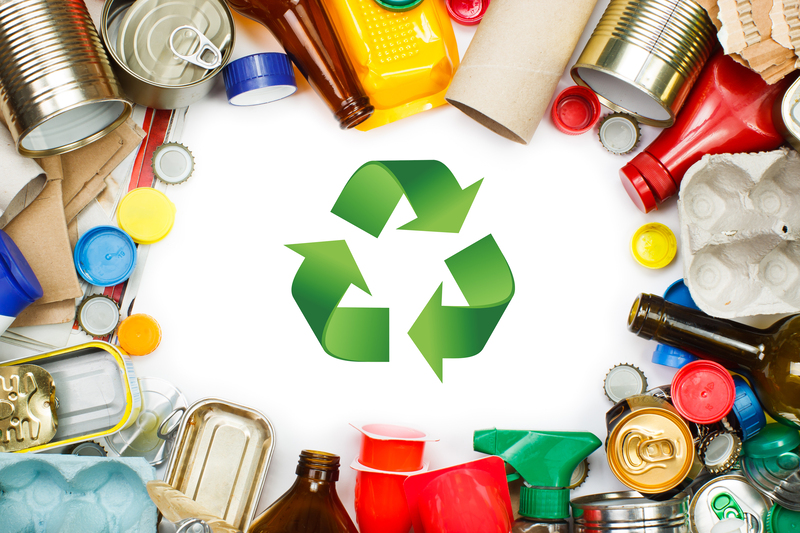Steps Toward a Plastic-Free Home
Transitioning to a plastic-free home is a commendable step towards environmental sustainability. Plastic pollution is a significant global issue, harming wildlife and ecosystems. Taking steps to reduce plastic usage helps combat this crisis. Here are detailed methods to make your home plastic-free:
1. Assess Your Current Plastic Usage
Start by analyzing the amount of plastic in your home. Identify single-use plastics, like water bottles, food containers, plastic bags, and packaging. Understanding your plastic footprint is essential for developing a practical plan to reduce it.

2. Replace Single-Use Plastics
One of the easiest ways to cut down on plastic usage is by eliminating single-use plastics. Opt for alternatives like:
- Reusable Shopping Bags: Use cloth or canvas bags instead of plastic ones.
- Glass or Stainless Steel Water Bottles: Avoid buying bottled water.
- Beeswax Wraps: Replace plastic wrap with reusable beeswax wraps for storing food.
3. Choose Sustainable Packaging
When shopping, look for products with minimal or biodegradable packaging. Many brands now offer eco-friendly packaging made from paper, cardboard, or compostable materials. Choose bulk bins for pantry staples to eliminate the need for packaging altogether.
4. Opt for Natural Cleaning Products
Many commercial cleaning products come in plastic bottles. Switch to natural cleaning solutions like vinegar, baking soda, and essential oils. Alternatively, choose brands that utilize eco-friendly packaging or offer refill options.
5. Invest in Durable Household Items
Avoid plastic when purchasing household items. Opt for metal, glass, or wood alternatives which are long-lasting and recyclable:
- Kitchen Utensils: Use bamboo or stainless steel items instead of plastic ones.
- Storage Containers: Choose glass jars or stainless steel containers.
- Furniture: Select pieces made from wood or metal instead of plastic.
6. Personal Care Products
Personal care products are another area where you can reduce plastic use:
- Solid Shampoo and Conditioner Bars: Replace bottled hair care products.
- Refillable or Glass Bottle Toiletries: Choose products in sustainable packaging.
- Bamboo Toothbrushes: Ditch plastic toothbrushes for eco-friendly options.
Pros and Cons of a Plastic-Free Home
Adopting a plastic-free lifestyle has several benefits and some challenges:
Pros:
- Reduces environmental pollution.
- Promotes healthier living by avoiding harmful chemicals in plastics.
- Encourages sustainable consumption habits.
- Can save money over time by using reusable items.
Cons:
- Requires initial investment in sustainable alternatives.
- Can be inconvenient or time-consuming to find plastic-free products.
- May face limited options in certain areas or for specific products.
Practical Tips to Maintain a Plastic-Free Home
- Plan Ahead: Carry reusable bags, bottles, and containers when you go out.
- DIY Projects: Make your own cleaning products and toiletries.
- Support Eco-Friendly Companies: Purchase from brands committed to sustainability.
- Educate Yourself: Stay informed about new products and practices to reduce plastic usage.

Takeaways
- Reducing plastic usage at home requires conscious efforts and lifestyle changes.
- Substituting single-use plastics with sustainable alternatives is a practical starting point.
- Choosing products with eco-friendly packaging and avoiding plastic-based items promote a healthier environment.
- Incorporating DIY solutions for cleaning and personal care helps in maintaining a plastic-free home.
Conclusion
Creating a plastic-free home is a progressive journey that benefits both your health and the environment. By assessing your plastic usage, investing in sustainable alternatives, and supporting eco-friendly companies, you can significantly reduce your plastic footprint. While it may come with some challenges, the long-term rewards of a cleaner and healthier planet are undoubtedly worth the effort. Start taking small steps today for a plastic-free, sustainable future.

